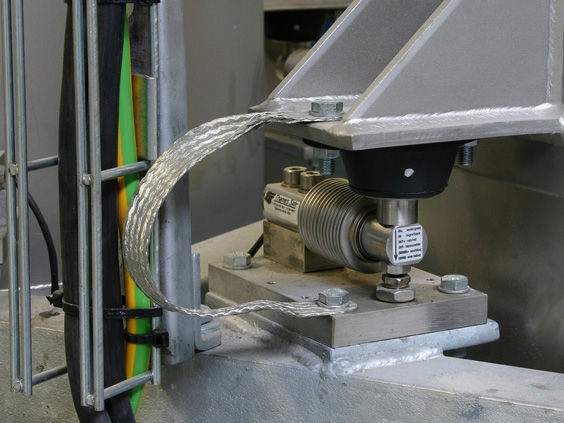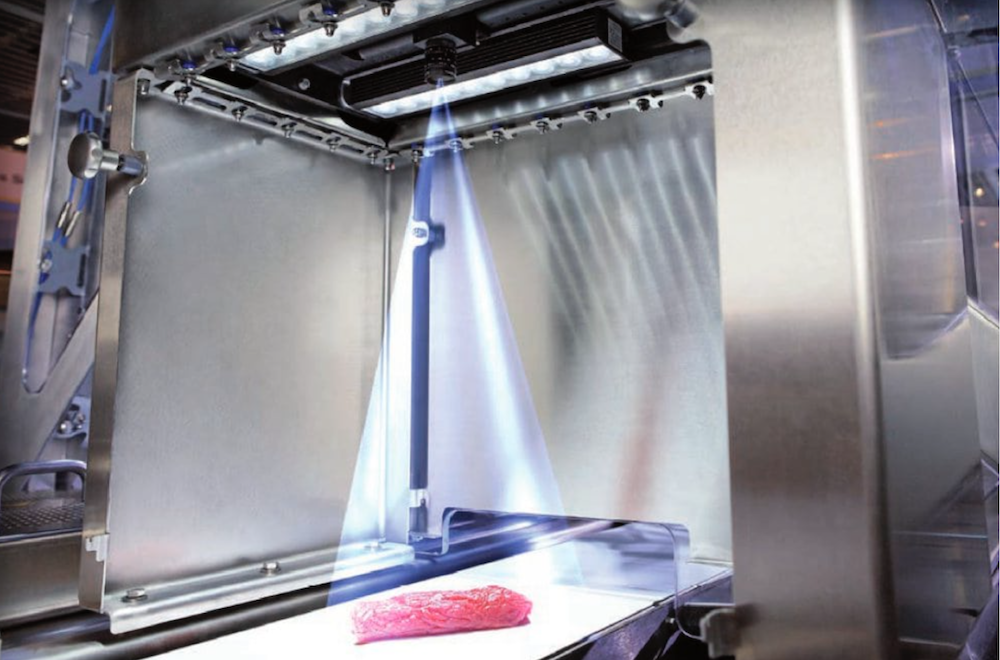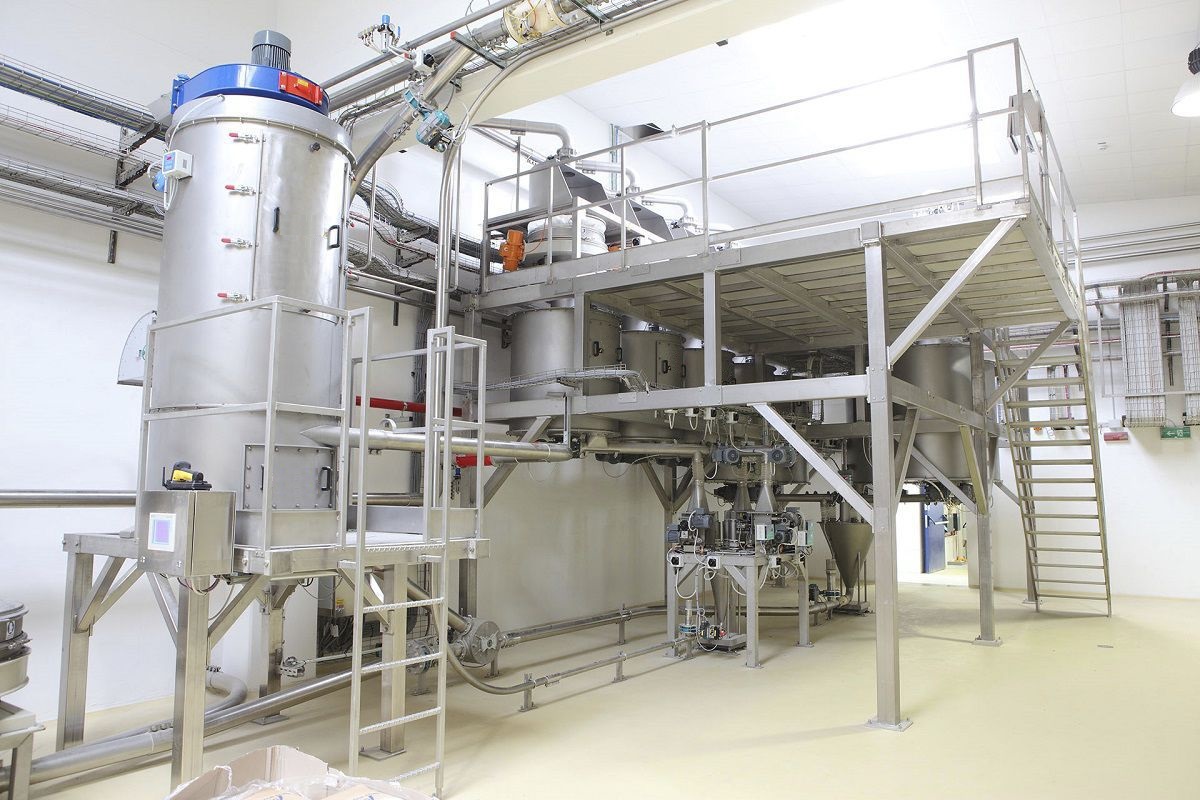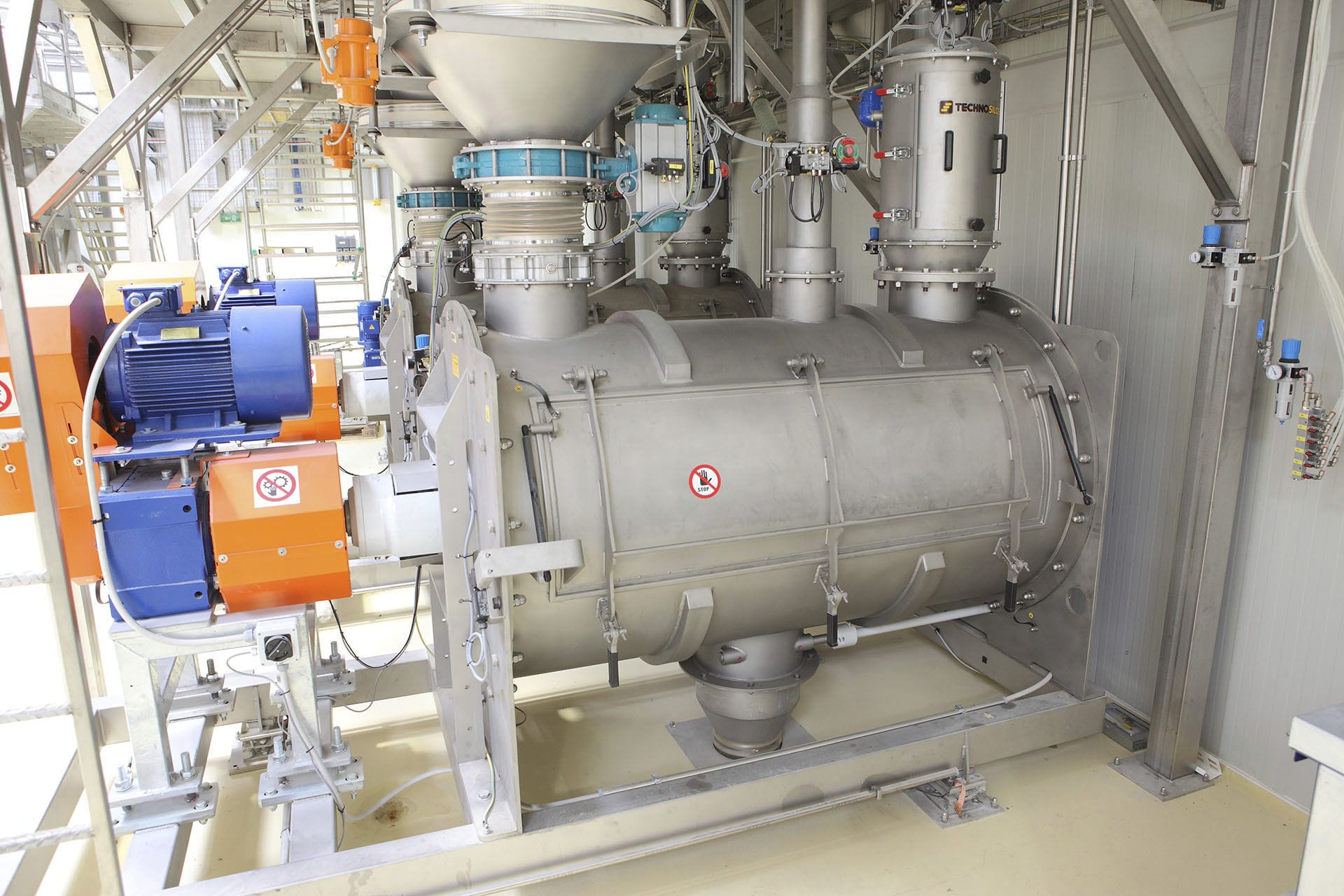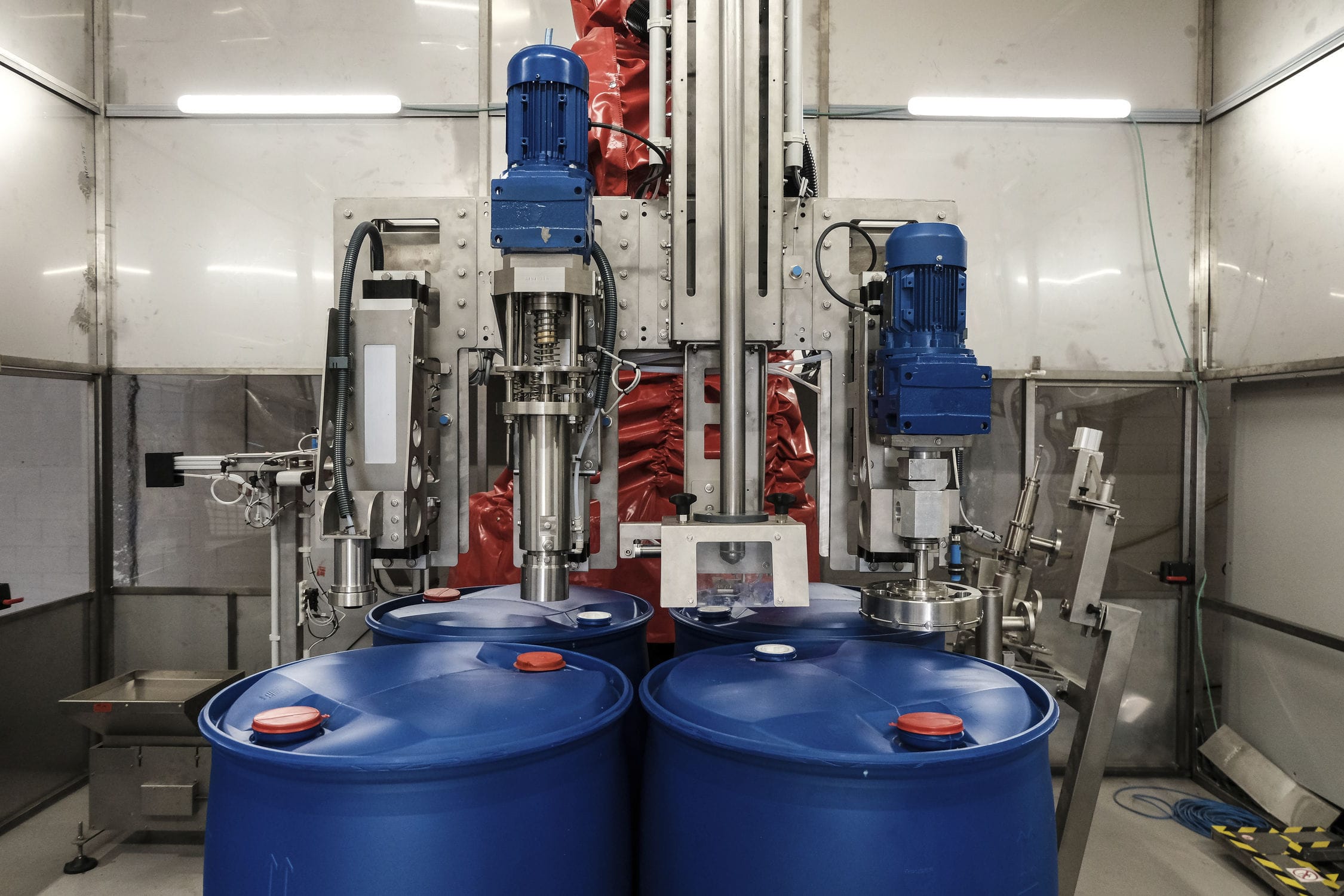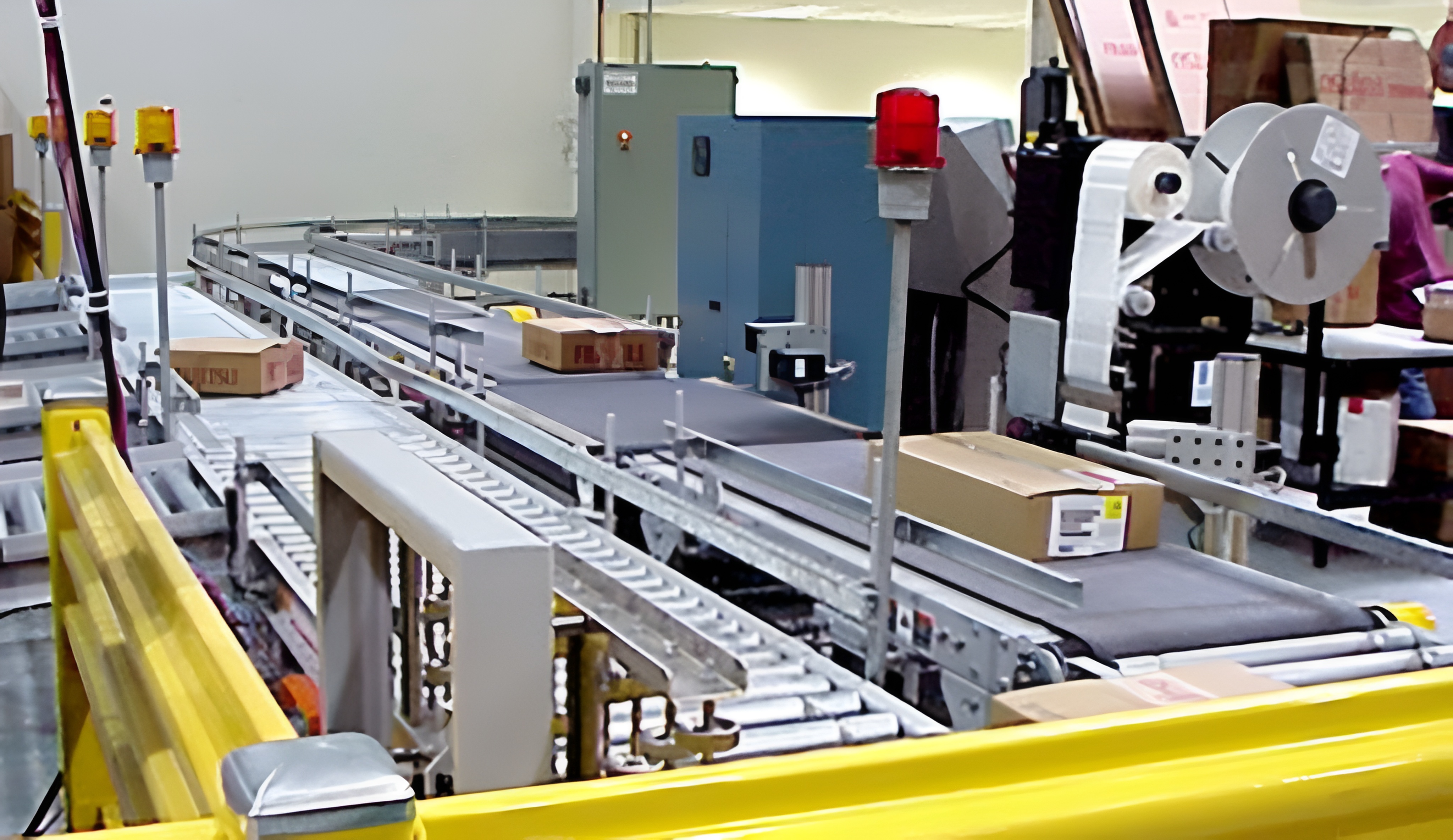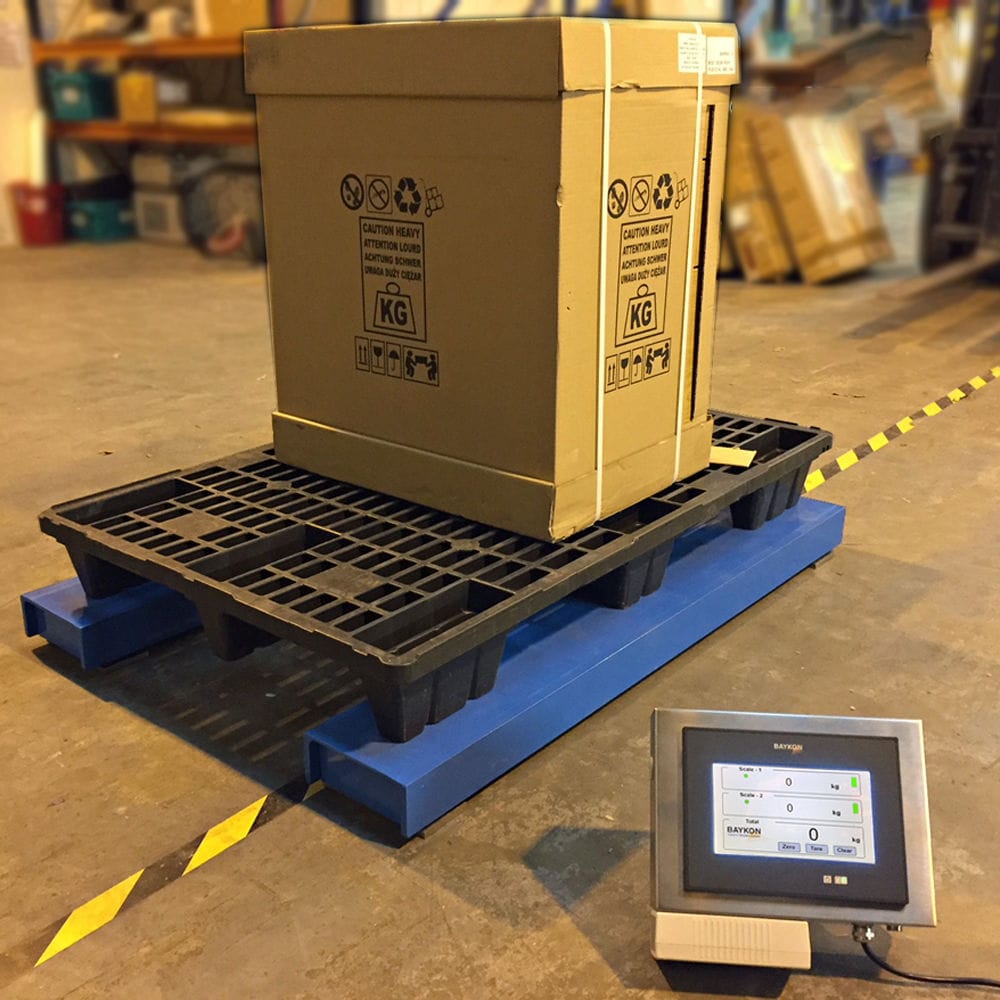

In addition to meeting the performance indicators required by the weighing instrument, the selection of weighing sensors should try to use sensors with consistent output sensitivity and input impedance, and connect them correctly in the wiring compensation box. The wiring compensation box should be installed near the weighing instrument in the metering room, and multiple sensors should be output in parallel, usually using a bridge power supply. When the sensitivity of sensors is compensated, the actual bridge supply voltage is set among multiple sensors, and the sensitivity of the first sensor is the smallest, so the bridge supply voltage is in a given range.
 020-34563445
020-34563445Measuring module is a Weighing system that collects, enlarges, transforms, transmits, processes and displays weight information in a single unit. Its structural principle is to process the elastic element on the weighing plate to feel both vertical and horizontal loads, and to sense the weight of the vertical force, and it draws on the advanced technology and techniques, and combines with its own long-accumulated experience to integrate the inventory management, formula management, batching and weighing, process control, product traceability, etc. It has independently developed and completed the intelligent formula identification, wireless transmission, automatic weighing, PLC control, electromechanical, computer interface and other automation technologies. Traceability, etc. into one, using bar code (two-dimensional code / RFID) identification, wireless transmission, automatic weighing, PLC control, electromechanical, computer interfaces and other automation technologies, independent development and completion of intelligent formula weighing and inventory management system, to prevent the wrong material in the ingredients, to ensure the accuracy of weighing, to ensure the accuracy of the formula process, so that each batch of ingredients data are recorded and traceable, and follow the principle of first-in-first-out in the raw materials out of the warehouse, effectively solve the problem of The first-in-first-out principle is followed when the raw materials are taken out of the warehouse, which effectively solves the waste of raw materials.
On the basis of the original analog load cell, the weighing module adds the functions of digital conversion and even digital correction, digital filtering and digital compensation. Due to the digital signal output instead of the original analog signal output, thus overcoming the traditional analog signal is susceptible to interference and attenuation and many other shortcomings, greatly improving the reliability of the weighing system. Load cell has become a necessary device in the process control, from the large storage tanks and hoppers, such as weight measurement and crane control to the mixing and distribution, production process of automatic detection and control of powder and granule feeding, etc., almost used in all the weighing field.
The weighing module completes the storage of sampled data interrupt service completes the scanning, determines the numeric key or function key, and sends data to the data buffer and display buffer when digital. The output voltage signal is accumulated and transferred to the weighing instrument through the junction box. The weighing instrument displays the weight of the material in the current weighing (reaction tank) in real time through A/D conversion. It prints the measurement data in real time, keeps a record of the historical data and allows the user to monitor the working status of the reactor and to search for historical data.
Technical indicators
Rated load:5/10/20/30/40/50/60/75/100/150/200/250Klb
Accuracy:C3
Certification:OIMLR60C3, OIMLR60C4
Maximum calibration index:max3000n
Minimum calibration value E:max/5000vmin
Combined error:≤±0.030(%FS)
Creep:≤±0.024(%FS/30min)
Temperature effect on output sensitivity:≤±0.017(%FS/10℃)
Temperature effect on zero output:≤±0.023(%FS/10℃)
Output sensitivity:3.0±0.008(mv/v)
Input Impedance:700±7(Ω)
Output Impedance:703±4(Ω)
Insulation Resistance:≥5000(50VDC)(MΩ)
Insulation Resistance:≥5000(50VDC)(MΩ)
Temperature compensation range:-10~+40(℃)
Allowable operating temperature range:-35~+65(℃)
Recommended excitation voltage:5~12(DC)(V)
Maximum excitation voltage:18(DC)(V)
Safety overload range:120(%FS)
Limit overload range:150(%FS)








